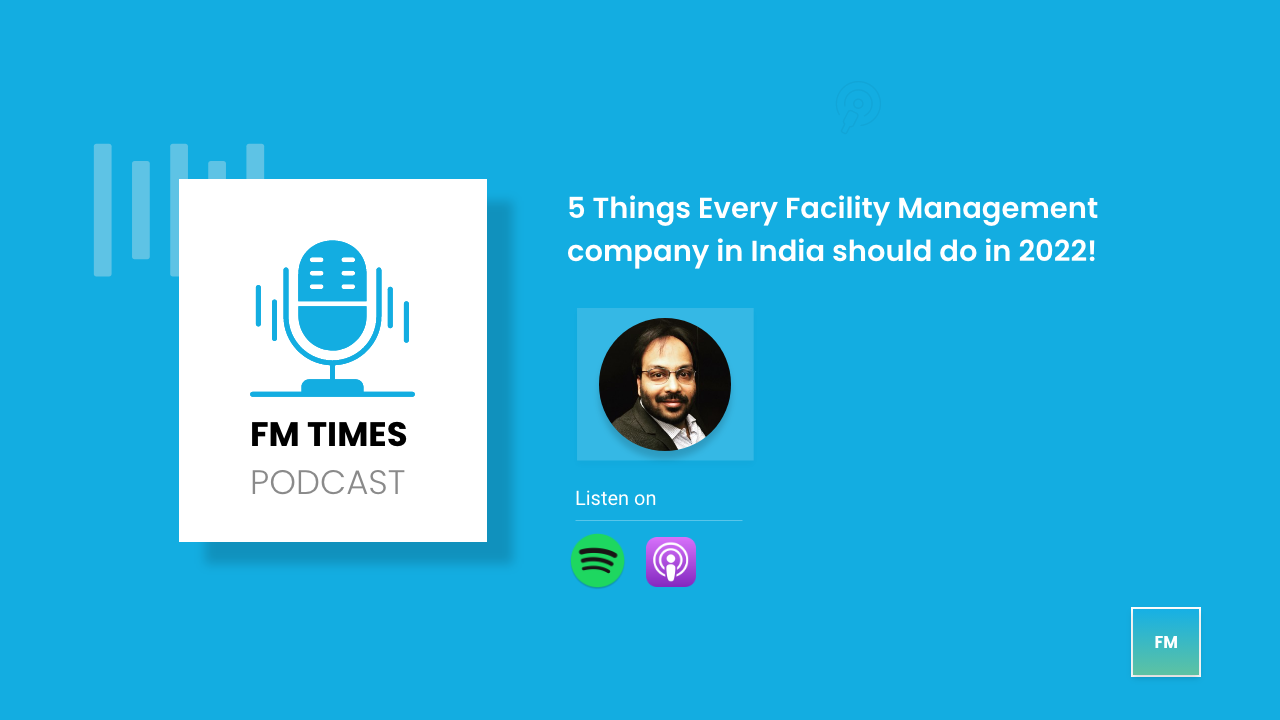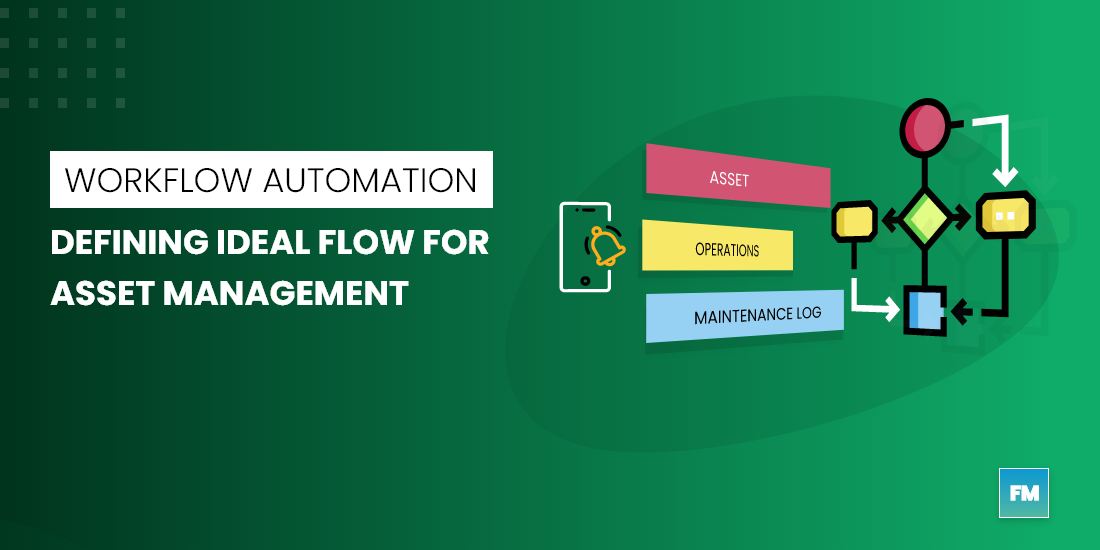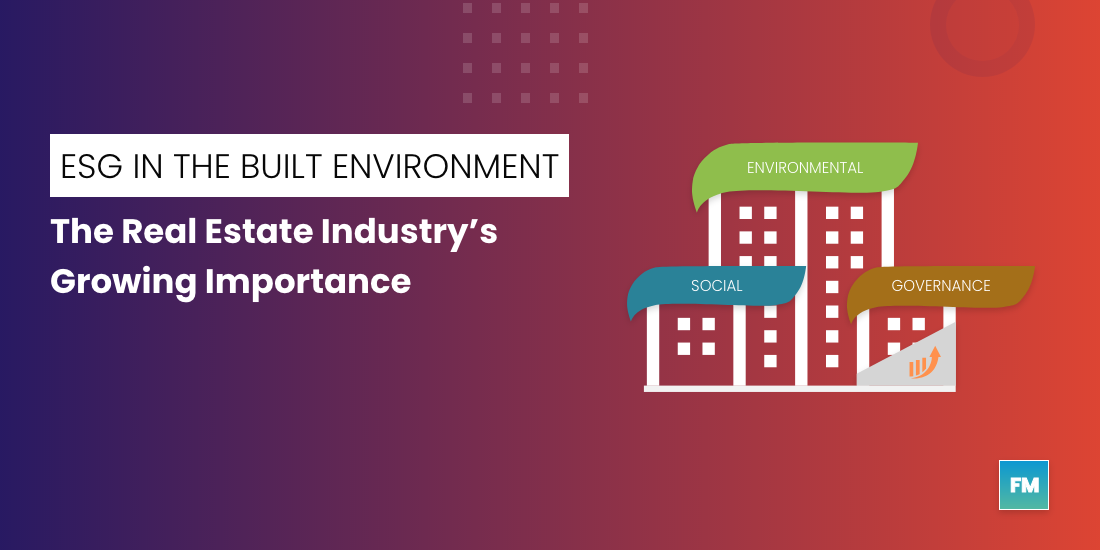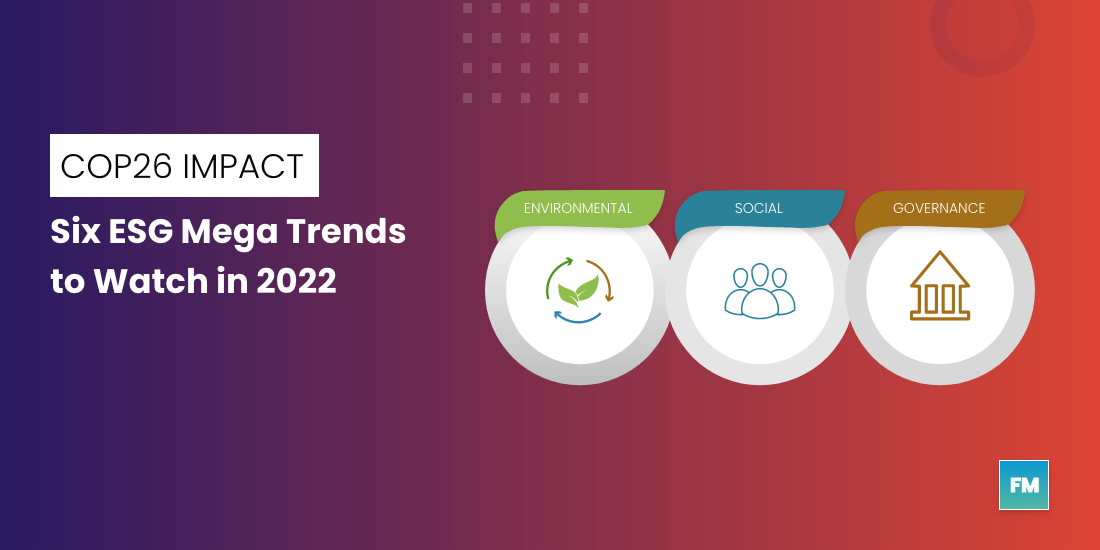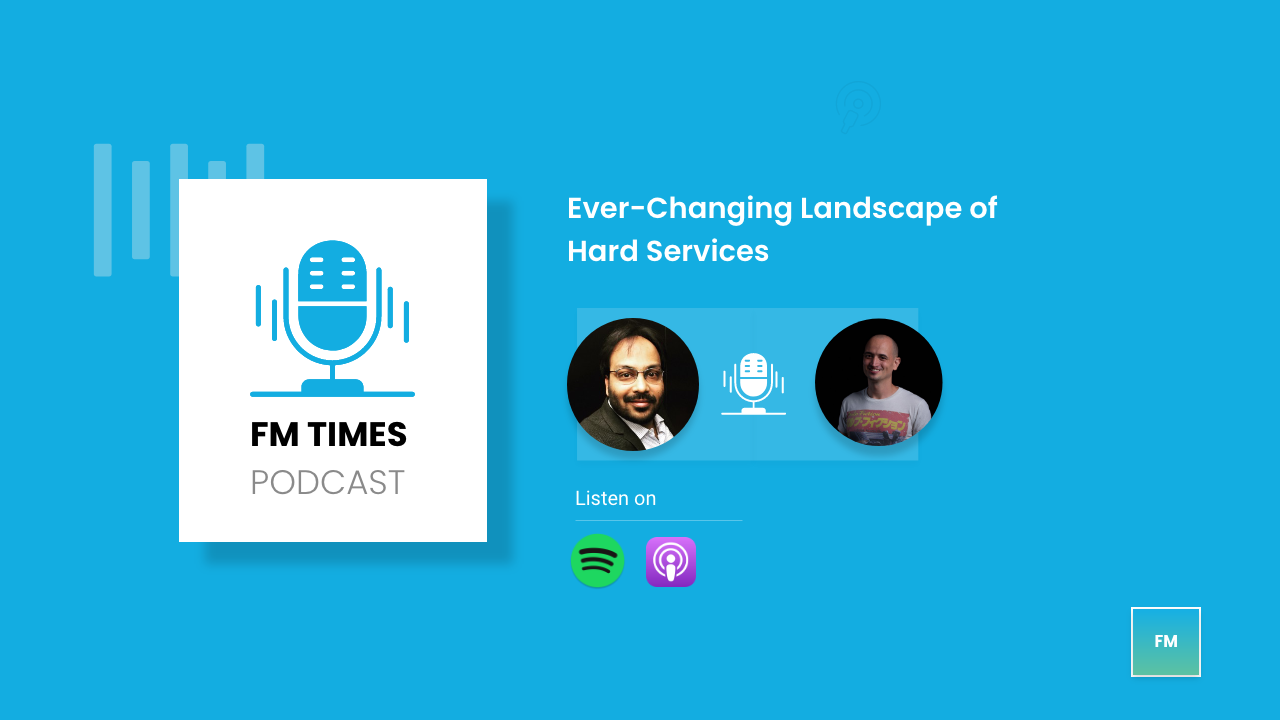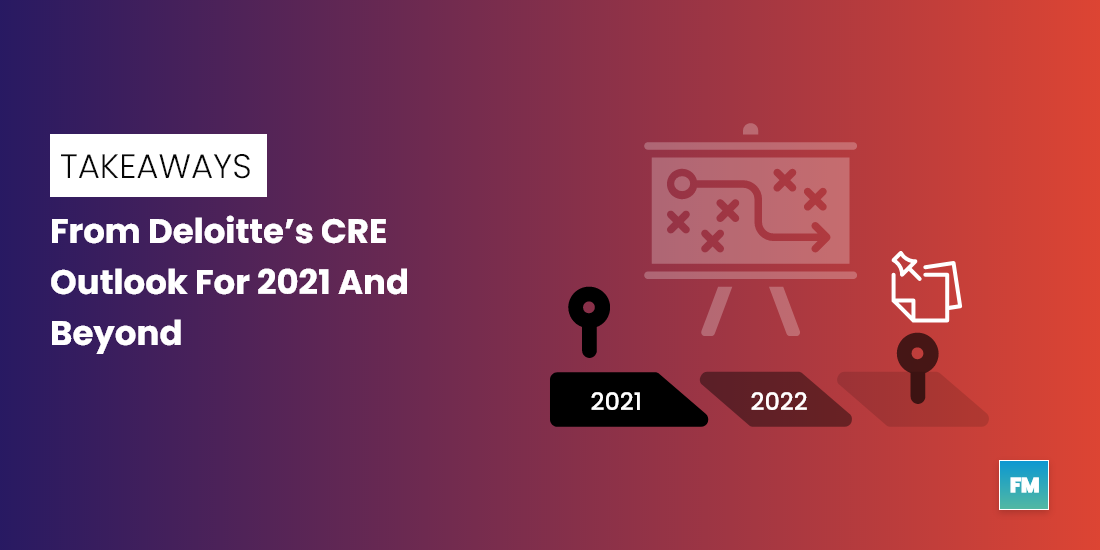No longer than a few weeks into 2022 and media platforms were thronged with updates surrounding the current state and future of facility management in India. These were senior leadership folks and progressive thinkers at facilities management companies talking about change and leveraging the power of digitalisation. All of this coverage signaled a positive outlook towards the use of data and digital technology to make facilities management in India more proactive and streamlined.
So the sentiment is there, and the business environment is favourable, to say the least. Only one thing remains to be done. Acting upon these trends, that people in the Indian facility management industry are talking about, especially trends at the intersection of facilities management and digital transformation.
Umesh Bhutoria, founder & CEO, Xempla took this opportunity to get right to the bottom of this much awaited development. In a 5 minute micro podcast, he takes you through a step-by-step process to get your digital and business transformation roadmap up and running. You can scroll down and catch all the action by listening to the podcast at the end of this article, or you can read along here.
Either way, let’s get you started.
Facilities management in India is ripe for technological disruption, with data center, pharma, healthcare, and manufacturing being top priority sectors. Although India lags behind other established facility management markets like the US, UK and UAE in terms of organized players and degree of automation, it only means there’s scope for incredible growth.
Sure, there will be challenges along the way, but that’s what we’re here to help you out with. Digital transformation and automation in facilities management requires smart investment, careful planning and adoption of new technology. More than this, empowering the people – the end users and consumers of these technologies – is what matters most.
And to undertake this inclusive transformation, we put together a list of 5 key things that every facilities management company in India should in 2022, and continue to work upon over the coming years.
5 key things every facility management company in India should do in 2022
#1
First, companies have to set a timeline for 100% digitization. Most facility management companies in India, perhaps almost all, still record and plan maintenance activities on paper. Using paper-based maintenance systems implies little or no sharing of information. So the move to complete digitization is absolutely critical in improving communication and efficiency across the organization.
A timeline between 1 and 2 years could be an ideal one to follow. But longer than 2 years could mean your company will be falling behind the curve.
#2
The next step is to map the smartphone skills of the workforce. India has a great degree of smartphone penetration, thanks to the large user base and increasing demand for mobile internet. Availability of mobile devices is widespread, manpower is also abundant, but there are still underlying problems faced by facility management companies in India. Some of the devices are not very favourable for the use of voice, text, and camera features, which are essential to the accessibility of asset data and convenience of the blue collar workforce.
The other problem that the industry faces deserves much higher attention. In the digital transformation process, the importance of empowering the blue collar workforce cannot be stressed enough. Training the operations and maintenance staff, and other ground level workers to adapt to the evolving technology is going to be critical, especially for a market like India. Their observations and the kind of data they bring in are key to preserving the ‘human’ aspect of facilities management.
#3
Most facility management companies in India, apart from the usual bigger ones, do not have a tech stack or a data stack. Naturally, they cannot be expected to invest heavily in building or buying the required technology and get ready in a short period of time. A great starting point is to connect with a group of 2 to 3 technology partners, ideally startups that work well with your in-house team. As you expand upon your portfolio, you can narrow down to the one company that you would like to work with over the longer term. Collaboration and complementing your business knowledge is essential.
Listen to our latest podcast on the importance of digital collaboration.
#4
Next, dedicate a team to track the entire digital transformation journey. Preferably, get people from Human Resources, Operations, IT and Business Development. Any function that you think will hold a key should have a representation in this team. Core responsibilities of the team will be tracking the implementation of strategies and making any course corrections as needed.
#5
And finally, take care of risk management right away. You lose out on future bids when you’re in the middle of your current contract, not at the time of the rebid, because performance-based contracts are fast replacing time-based ones. Very few facility management companies in India consider risks associated with the current portfolio, largely from the innovation or rebid perspective. Commercial property owners, users, tenants and clients expect high performance from facility management teams and minimised risks. It’s very important that whatever initiatives you take, you factor the risks within existing projects, especially the ones that have higher risks.
Let’s do a quick recap of all the action items we discussed above.
Digital transformation has become essential for every business, even if it is a traditional business which is based on people relationships like facility management. Companies that fail to follow will be pushed out of the industry in the coming years.
Make 2022 the year of change you were talking about. What are some of the important things that FM companies in India should be working on from this year onwards? We would love to know your thoughts!
